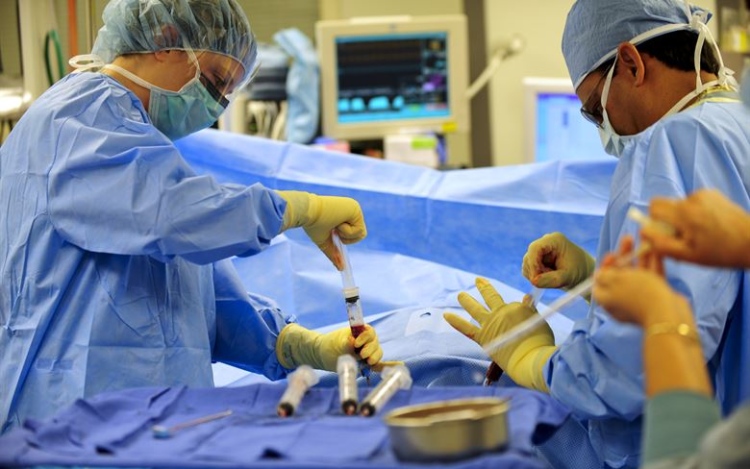There is a myth associated with the donation of bone marrow or stem cell, that it is extremely painful procedure. But this actually isn’t true completely, more awareness should be spread around for this. As because of this very reason many people resist from donating stem cells. The pain is not as much compared to the recipient of it, as it is actually a small price you can pay and it is worth it.
The probability of patients’ marrow matching with their sibling is only 25 percent. Bone marrow transplant cost vary hugely among different states, where some areas may demand for higher price as the transplant there is usually on high demand. Government based set up may get the cost down to 40 percent approximately.

What to expect:
The process of donating sounds terrifying, but to feel comfortable about it and not feel anxious during the treatment you can see as what to expect.
- Most of the people donate now directly through bloodstream, and this procedure is called Peripheral Blood Stem Cell Donation. Where you would receive four series of hormone injections, after which the stem cells will multiply within the bloodstream. After this you will be taken to the clinic where stem cells would be extracted and then your blood will be returned to other.
- Some report usually flu-related symptoms because of hormone injections, but it is mild and gets better in few days. Also you are given general anesthesia so the pain won’t be felt as much. You may feel a little tired after the process and there could be some bruises, but it would vanish in some days.But it is worth it as this is lifesaving opportunity. Tiredness may occur due to the decrease in the blood count, so rest is recommended.
- Also questions are asked about the cost of the treatment, but the cost of bone marrow transplantmay depend upon the type of clinic or hospital you are planning to get your treatment from, so verify with the hospital before going further with the treatment. It also depends upon the kind of marrow used, medicines, operating room, ICU, injections, room facility, etc.
- A donor shouldn’t be positive for HIV, and should be in between the age of 18 to 66 years. The donor also shouldn’t be suffering from conditions such as renal disease, hepatitis, cardiac diseases, cancer, brain injury, hemophilia, autoimmune diseases, asthma, and arthritis.
- As the receiver, there could be possible risks or complications, but many are temporary such as infections or hair loss. Less common complication may be when the body rejects new stem cells.
Two people aren’t exactly same, so they may respond to the transplant is different ways than others. Talk about the transplant process with the doctor and know better on what to expect, and not blindly believe the myths, as that shouldn’t stop you from donating. This donation can help save life of someone, so know the benefits and risks of the transplantation, so recovery process can also be easier.




